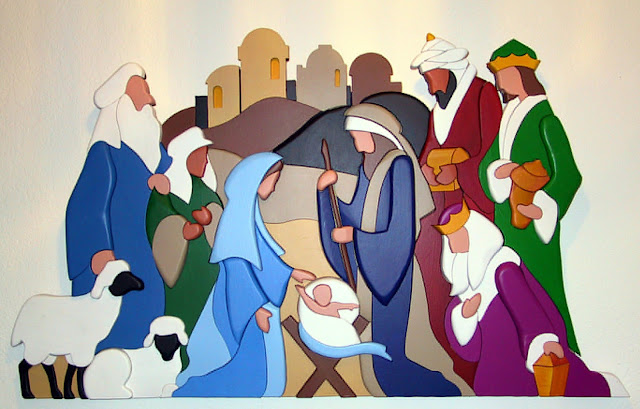Greene was known for his many appearances on “The Tonight Show Starring Johnny Carson” and for working as the opening act for Sinatra in Miami and Presley in Las Vegas.
Shecky Greene, born Fred Sheldon Greenfield on April 8, 1926, in Chicago, Illinois, was an American comedian and actor who left an indelible mark on the world of entertainment. Over the course of his career, which spanned several decades, Shecky Greene became renowned for his quick wit, unique comedic style, and memorable performances.
Greene's early life was marked by the challenges of growing up during the Great Depression. Despite the difficult times, he discovered his passion for comedy at a young age. His comedic journey began in the Catskills, a region in New York known for its Borscht Belt resorts, where he honed his skills in front of diverse audiences. This early experience served as a crucial foundation for his later success in the entertainment industry.
Shecky Greene's breakthrough came in the 1950s and 1960s when he became a fixture in Las Vegas. His sharp, irreverent humour and ability to connect with audiences made him a sought-after performer in the city's bustling entertainment scene. Greene's performances at iconic venues like the Sands Hotel and Casino solidified his reputation as one of the top comedians of his time.
One of the distinctive features of Shecky Greene's comedy was his improvisational style. He was known for interacting with the audience, incorporating current events into his routines, and adapting his material based on the atmosphere of the moment. This spontaneous approach endeared him to audiences, as they never knew exactly what to expect from a Shecky Greene performance.
Beyond his comedic endeavours, Shecky Greene also pursued acting. He appeared in films such as "The Rat Race" (1960) alongside Tony Curtis and Debbie Reynolds. His ability to infuse humor into his acting roles added depth to his on-screen performances. While comedy was his primary focus, Greene demonstrated versatility in various entertainment mediums.
Despite his success, Shecky Greene's personal life faced its share of challenges. His off-stage persona often mirrored the irreverence of his comedic routines. He was known for his outspoken and sometimes controversial remarks, which occasionally landed him in hot water. However, his undeniable talent and contributions to the world of comedy ensured that he remained a respected figure in the entertainment industry.
As the landscape of comedy evolved, Shecky Greene continued to adapt and thrive. His influence extended beyond his own performances, inspiring generations of comedians who admired his fearless approach to humour. Greene's impact on the comedic landscape is enduring, and his contributions have left an indelible mark on the history of stand-up comedy.
In later years, Shecky Greene remained an iconic figure, making occasional appearances and sharing his wealth of experience with aspiring comedians. His legacy continues to live on through the laughter he brought to countless audiences and the enduring influence he had on the world of comedy. Shecky Greene's ability to find humour in life's ups and downs, coupled with his unique comedic voice, ensures that he will be remembered as a true pioneer in the art of making people laugh.
Source: Some or all of the content was generated using an AI language model























